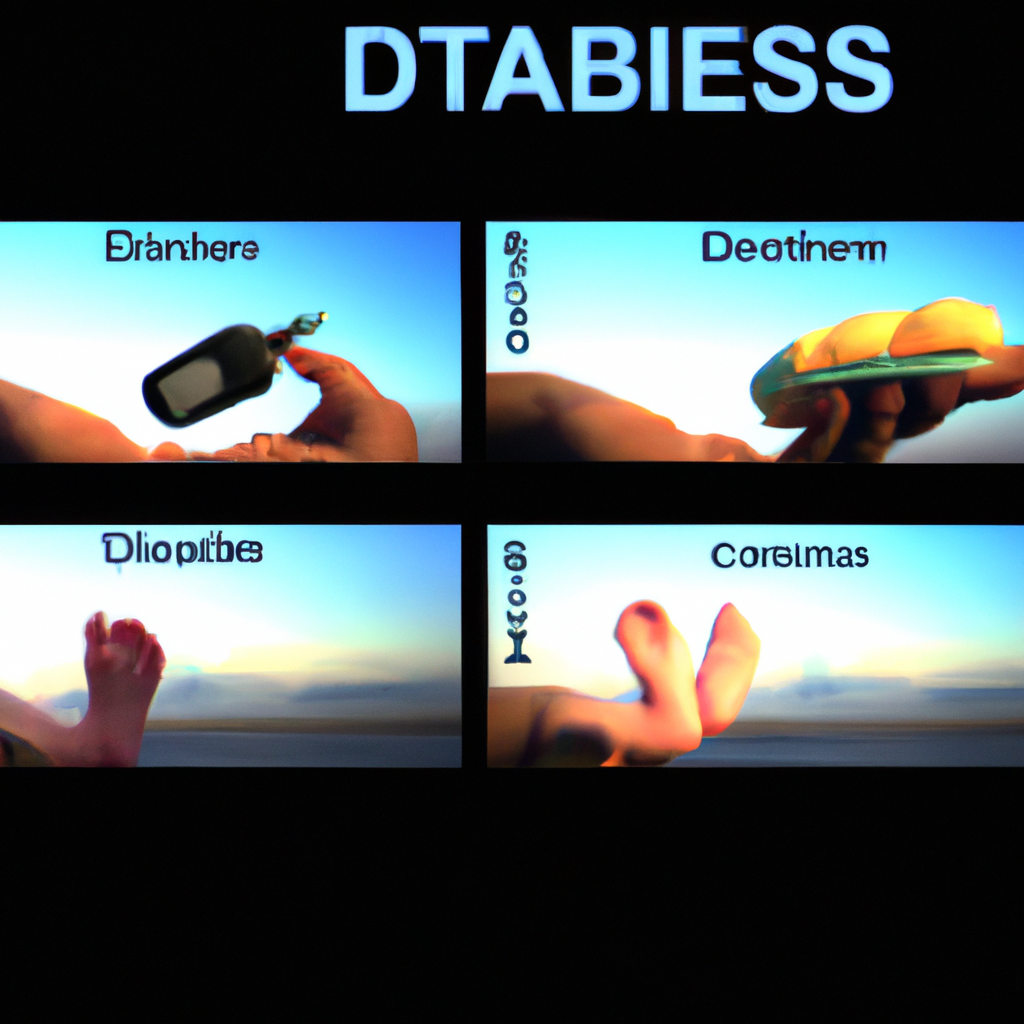-
Reading Roadmap
- Different Gestational Diabetes Subtypes and Their Varied Impact on Newborn and Childhood Metabolic Health
- Key Takeaways
- Introduction: Unraveling the Complexity of Gestational Diabetes
- The Different Subtypes of Gestational Diabetes
- The Impact of Gestational Diabetes on Newborn and Childhood Metabolic Health
- Early Identification and Management of Gestational Diabetes
- FAQ Section: Common Questions About Gestational Diabetes
- 1. What is gestational diabetes?
- 2. How common is gestational diabetes?
- 3. What are the different subtypes of gestational diabetes?
- 4. How does gestational diabetes affect the health of the child?
- 5. How can gestational diabetes be managed?
- Conclusion: The Importance of Understanding Gestational Diabetes Subtypes
- Further Analysis
Different Gestational Diabetes Subtypes and Their Varied Impact on Newborn and Childhood Metabolic Health

[youtubomatic_search]
Key Takeaways
- Gestational diabetes mellitus (GDM) is a common complication of pregnancy that can have long-term health effects on both mother and child.
- Recent research has identified different subtypes of GDM, each with distinct metabolic profiles and risks.
- Children born to mothers with GDM are at a higher risk of developing metabolic disorders, including obesity and type 2 diabetes.
- Early identification and management of GDM can help mitigate these risks and improve health outcomes for both mother and child.
- Further research is needed to better understand the mechanisms underlying the different GDM subtypes and their impact on child health.
Introduction: Unraveling the Complexity of Gestational Diabetes
Gestational diabetes mellitus (GDM) is a condition characterized by high blood sugar levels that develop during pregnancy and usually disappear after giving birth. It affects up to 14% of pregnancies worldwide and can lead to serious health complications for both mother and child. Recent research has revealed that GDM is not a single disease but a complex disorder with different subtypes, each with distinct metabolic profiles and risks.
The Different Subtypes of Gestational Diabetes
Traditionally, GDM has been classified into two types: A1, which can be managed with diet and exercise, and A2, which requires insulin or other medications. However, recent studies have identified at least four different subtypes of GDM, each with distinct metabolic profiles and risks. These subtypes are based on the underlying metabolic dysfunction, including insulin resistance, beta-cell dysfunction, and adiposity.
The Impact of Gestational Diabetes on Newborn and Childhood Metabolic Health
Children born to mothers with GDM are at a higher risk of developing metabolic disorders, including obesity and type 2 diabetes. This risk is influenced by the specific GDM subtype and the metabolic profile of the mother. For example, children born to mothers with insulin-resistant GDM are more likely to develop obesity, while those born to mothers with beta-cell dysfunction GDM are more likely to develop type 2 diabetes.
Early Identification and Management of Gestational Diabetes
Early identification and management of GDM can help mitigate these risks and improve health outcomes for both mother and child. This includes regular screening for GDM during pregnancy, lifestyle modifications, and, in some cases, medication. Furthermore, children born to mothers with GDM should be monitored for signs of metabolic disorders and receive early intervention if necessary.
FAQ Section: Common Questions About Gestational Diabetes
1. What is gestational diabetes?
Gestational diabetes is a condition characterized by high blood sugar levels that develop during pregnancy and usually disappear after giving birth.
2. How common is gestational diabetes?
Gestational diabetes affects up to 14% of pregnancies worldwide.
3. What are the different subtypes of gestational diabetes?
Recent studies have identified at least four different subtypes of GDM, each with distinct metabolic profiles and risks. These subtypes are based on the underlying metabolic dysfunction, including insulin resistance, beta-cell dysfunction, and adiposity.
4. How does gestational diabetes affect the health of the child?
Children born to mothers with GDM are at a higher risk of developing metabolic disorders, including obesity and type 2 diabetes. This risk is influenced by the specific GDM subtype and the metabolic profile of the mother.
5. How can gestational diabetes be managed?
Management of GDM includes regular screening during pregnancy, lifestyle modifications, and, in some cases, medication. Furthermore, children born to mothers with GDM should be monitored for signs of metabolic disorders and receive early intervention if necessary.
Conclusion: The Importance of Understanding Gestational Diabetes Subtypes
In conclusion, gestational diabetes is a complex disorder with different subtypes, each with distinct metabolic profiles and risks. Understanding these subtypes and their impact on newborn and childhood metabolic health is crucial for improving health outcomes for both mother and child. Early identification and management of GDM can help mitigate these risks, but further research is needed to better understand the mechanisms underlying the different GDM subtypes and their impact on child health.
[youtubomatic_search]
Further Analysis
As we continue to unravel the complexity of gestational diabetes, it is clear that this condition is not a single disease but a spectrum of metabolic disorders. By understanding the different subtypes of GDM and their impact on newborn and childhood metabolic health, we can develop more targeted interventions and improve health outcomes for both mother and child. However, much work remains to be done. Further research is needed to better understand the mechanisms underlying the different GDM subtypes and their impact on child health, and to develop more effective strategies for early identification and management of GDM.







